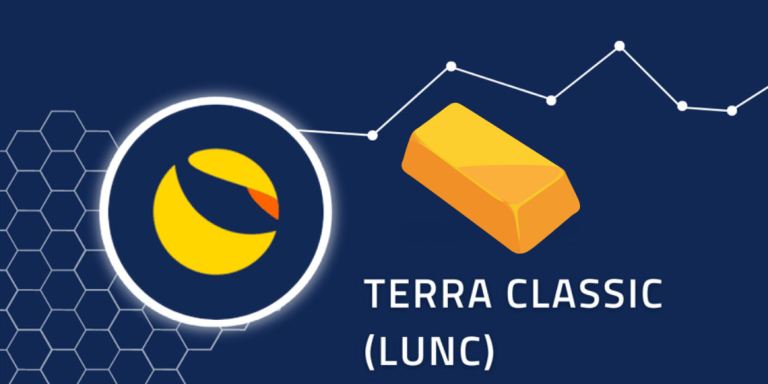
The World's first Sharding-based Blockchain...
Meet @Zilliqa!
Here's an extensive project review! 🔍
All my info, blogs, crypto guides & much more can be found on my website 👇
AltCryptoTalk.com
#NFA #DYOR #CRYPTO
🧵👇
Meet @Zilliqa!
Here's an extensive project review! 🔍
All my info, blogs, crypto guides & much more can be found on my website 👇
AltCryptoTalk.com
#NFA #DYOR #CRYPTO
🧵👇

@Zilliqa first launched in 2017, as they saw other blockchains struggling with one major problem, scalability. That is where 'Sharding' comes into play...
#Zilliqa's very own engineering team also created a programming language, 'Scilla' which is supposed to guarantee the safety of smart contracts by limiting the exposure to attacks on the blockchain.
What is '#Sharding'?
Put simply, 'Sharding' is done by splitting the #blockchain into various partitions, aka 'Shards' and storing them in multiple places across a peer-to-peer (P2P) network.
Put simply, 'Sharding' is done by splitting the #blockchain into various partitions, aka 'Shards' and storing them in multiple places across a peer-to-peer (P2P) network.
This is done so that each #node isn't responsible for processing all of the transactions on the network, instead, each node only holds the information related to its partition/shard.
Shards can share information with nodes, but cannot process and store all of the information.
Shards can share information with nodes, but cannot process and store all of the information.
To put it into perspective, this is the comparison in fees between #Ethereum & #Zilliqa:
Native Token Transfer
$ETH = $2.50 - $ZIL = $0.011
Fungible Token Transfer
$ETH = $6 - $ZIL = $0.1
Non-Fungible Token Transfer (#NFT)
$ETH = $8 - $ZIL = $0.1
Native Token Transfer
$ETH = $2.50 - $ZIL = $0.011
Fungible Token Transfer
$ETH = $6 - $ZIL = $0.1
Non-Fungible Token Transfer (#NFT)
$ETH = $8 - $ZIL = $0.1
It just goes to show @Zilliqa is 60-227x cheaper than @Ethereum and not only that, #Zilliqa can process 2800 transactions per second (TPS), whereas #Ethereum can only process 30 TPS!
The @Zilliqa ecosystem currently has over 194 projects built/integrated on their network, such as @Binance, @Chainlink & @XCad, which is backed by some of the largest YouTubers in the world, @KSI, @MrBeast and many more.
The #Zilliqa network currently has over 4 million addresses/users and processes an average of over 40,000 transactions per day.$ZIL which is the native token on the network allows users to interact and trade with other tokens on the network, which can be traded on @Zilswap.
If you're looking to earn extra $ZIL with your idle tokens, you can stake your $ZIL with many trusted validators on the network and earn up to 13.03% APY.
At the time of writing, $ZIL is currently sitting at $0.03462 with a market cap of $460.1M. #Zilliqa is 86.43% down from its ATH in 2021 when it reached over $0.25 per token and had an immense market cap of over $2.6B!
If you are a gamer, #Zilliqa is bringing out a new survival shooter game that seems to have amazing graphics and mechanics.
The #game has no title as of yet, but aims to be a cross-pay compatible game across #Windows PC, #iPhone & #iPad!
To find out more, join their discord!
The #game has no title as of yet, but aims to be a cross-pay compatible game across #Windows PC, #iPhone & #iPad!
To find out more, join their discord!
That's it for now, thanks for reading!
Hope you guys enjoyed it and learned something! Leave a like/rt if you did!
Please follow me - @AltCryptoGems and have a look at my website for more free crypto alpha:
AltCryptoTalk.com
Join our discord:
discord.gg/AltCryptoTalk
Hope you guys enjoyed it and learned something! Leave a like/rt if you did!
Please follow me - @AltCryptoGems and have a look at my website for more free crypto alpha:
AltCryptoTalk.com
Join our discord:
discord.gg/AltCryptoTalk
• • •
Missing some Tweet in this thread? You can try to
force a refresh









